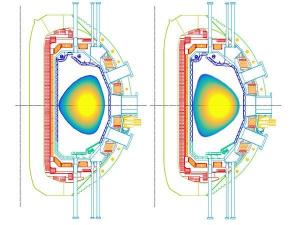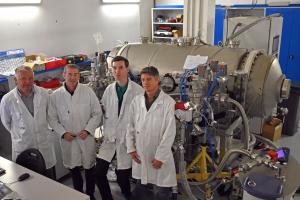What’s New
20 May 2019
ITER news digest for the period of 13 May 2019 to 20 May 2019.

Reversing the plasma shape?

Assembling the second neutral beam testbed





